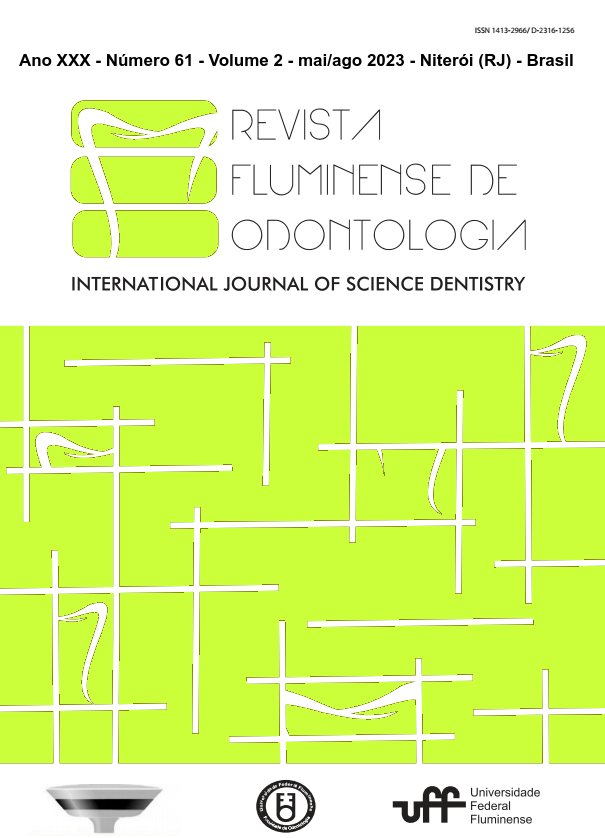Natal and neonatal teeth: integrative review
DOI:
https://doi.org/10.22409/ijosd.v2i61.53972Abstract
Although primary dentition begins to form in utero, most children do not have erupted teeth at birth. The evaluation of the best treatment is extremely important, because they can evolve with complications affecting the growth and development of the newborn. This work aimed to study the occurrence of natal and neonatal teeth, their complications and appropriate conducts. It was a non-systematic review work, where an Integrative methodology was used. The articles came from the EndNoteX5 system (4.5), accessing PubMed, in addition to SciELO, LILACS and other electronic systems. In most studies, the prevalence of natal and neonatal teeth ranged between 1: 1000 and 1: 30,000 live births. The etiology is unknown, with genetic and endocrine factors associated. In more than 90% of cases, these teeth represent normal dentition, but histologically, most native teeth have dysplastic or hypomineralized enamel, irregular dentin, osteodentin in the cervical portions and interglobular dentin in the coronal portion. An important complication is Riga-Fede's disease or syndrome, an ulceration on the ventral surface of the tongue caused by the sharp incisal edge of the tooth, with conservative treatment as the first option. It must always be considered whether the tooth is supernumerary or not, as supernumeraries must always be extracted. In conclusion, although it is not a common occurrence, the presence of natal and neonatal teeth can significantly interfere in the newborn's life, causing suffering for families. Dentists must be able to make the best decision, indicating, in most cases, first the conservative treatment of Riga-Fede disease, in the hope of preserving the dentition.
Key Words: Dental care, natal teeth, neonatal teeth, newborn.





